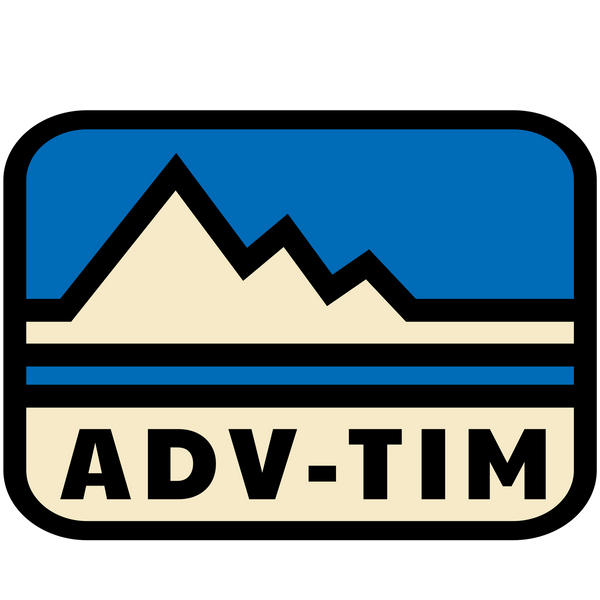Back in the day it used to be pretty easy to know whether a device would work on a specific carrier. For a while, within North America you really only had two choices for cellular types; GSM or CDMA, these would have been provided by AT&T / T-Mobile, and Sprint / Verizon respectfully. With the advent of 4G and 5G though, those clear divides were blurred, and as spectrums were bought up, or carriers for that matter, the options were limited even further.
If you were into technology as smartphones took off, and saw how some of the really cool devices were only available overseas as well, you often then knew as well some of the limitations that the NA cellular network had. For all intents and purposes, if you wanted to use a “world” phone, you were stuck with using a GSM network.
The Phase-Out of 3G Networks
It’s important to note that the landscape of cellular networks in the US has recently undergone a significant change with the phasing out of 3G networks. Major carriers have been moving away from 3G to focus on more advanced 4G and 5G technologies. This shift means that devices solely reliant on 3G networks for connectivity are no longer supported. This development emphasizes the need for devices like the Carpe-Iter Tab v4 and the DMD-T865 to support a wider range of 4G and 5G bands for guaranteed connectivity.
Today, cellular providers use a much broader spectrum for communication, especially on 4G or 5G networks. In this space there’s a lot more overlap between carriers. So much so, that some devices are 100% cross compatible. But there’s usually some performance given up for that compatibility.
So what does all this mean for the subject of this article? Well, if you’re looking at using a phone or tablet for modern motorcycle navigation, something like the Carpe-Iter Tab v4, or the DMD-T865 / DMD-T665, then you’ll probably be asking:
Can I use that on a US Cellular Network?
And so, here’s the general lowdown.
A device like the DMD-T665 is capable of using the following bands:
2G-GSM: 850, 900, 1800, 1900
3G-WCDMA: B1, B2, B4, B5, B8
4G-LTE FDD: B1, B2, B3, B4, B5, B7, B8, B12, B17, B20
4G-LTE TDD: B40, B38, B41
With these bands, cross compiled against the major US carriers, we get the following:
-
AT&T: DMD-T665 supports 4G LTE bands 2, 4, 5, and 12, which are used by AT&T. However, it lacks support for AT&T's bands 14, 17, 29, 30, and 66. For 3G, AT&T primarily uses bands 2 and 5, which are also supported by DMD-T665 but may be limit or discontinued by in some areas..
-
Verizon Wireless: Verizon uses 4G LTE bands 2, 4, 5, 13, 66, 46, and 48. DMD-T665 covers bands 2, 4, and 5, but not 13, 66, 46, and 48. For 3G, Verizon primarily operates on CDMA, which is not supported by this GSM device.
-
T-Mobile: T-Mobile operates 4G LTE on bands 2, 4, 12, 66, and 71, with DMD-T665 being compatible with 2, 4, and 12. However, it does not support bands 66 and 71. T-Mobile's 3G network uses bands 2 and 4, which are compatible with DMD-T665, but again being phased out in certain areas.
-
Sprint: Sprint (now part of T-Mobile) primarily uses 4G LTE bands 25, 26, and 41. DMD-T665 only supports band 41. Sprint's 3G network is CDMA-based, which is not compatible with this GSM device.
-
US Cellular: This carrier uses 4G LTE bands 2, 4, 5, and 12, all of which are supported by DMD-T665.
As you can see, just about every carrier has some form of band overlap. There are additional caveat though. I don’t use Verizon personally, but I’ve heard from a few customers that they only allow you to activate devices that pass their internal IEMI check (basically checking the cellular ID of the device), and if it’s not on their “allow” list, no luck. But for networks like T-Mobile / AT&T, you simply pop in a pre-purchased SIM card, and off you go!
Understanding Frequency Bands and Performance
It's essential to understand why certain frequency bands matter. Lower frequency bands, like 700 MHz, provide better coverage, especially in rural areas or through buildings in urban settings. However, these bands often offer slower data speeds compared to higher frequency bands. On the flip side, higher frequency bands, like those in the 1700/2100 MHz range, can deliver faster data speeds but may not penetrate buildings as effectively and have a shorter range.
This trade-off between coverage and speed is crucial when selecting a device for motorcycle navigation. While a device might support a broad range of bands, its performance in specific areas will depend on the local network infrastructure and the frequency bands predominantly used there.
In summary, while devices like the DMD-T665 have wide compatibility with US carriers, their performance will vary based on the specific bands they support and the carriers' network characteristics in your area.
I’ve personally tested the DMD devices on T-Mobile and AT&T, and confirm the do have coverage. This does’t mean they will have the best coverage, or fastest speeds, but generally the overlap on the lower bands means you’ll still have a signal.
My personal recommendations for those who simply want a SIM for backup coverage on these types of devices is to look at some of the MVNOs which operate on T-Mobile or AT&T, like Boost, or Cricket, as you can usually get pretty cheap data plans with no contracts.



